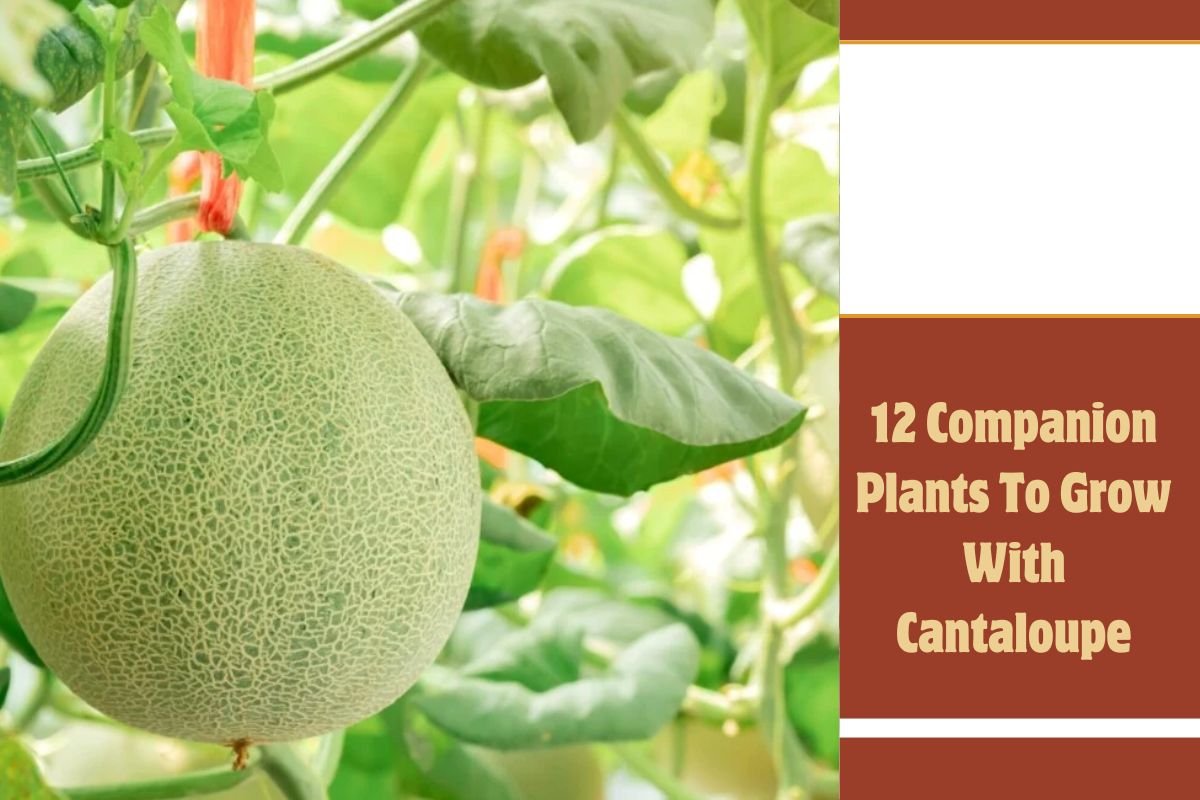12 Companion Plants To Grow With Cantaloupe: Planting particular plant varieties next to each other is known as companion planting. The theory is that two types of plants have a symbiotic relationship in which one plant benefits the other and vice versa. Sometimes companion gardening is used to refer to companion planting.
12 Companion Plants To Grow With Cantaloupe
1. Pole Beans
Companion plants that climb, like runner beans, are excellent choices for cantaloupe. As their roots rot and they die back, these members of the legume family provide the soil with nitrogen, an element that is vital for plant growth. This process is commonly referred to as “nitrogen fixation” in plants.
Since cantaloupes are voracious plants, it is best to plant beans in your patch before cantaloupes to maintain high nutrient levels and minimize the need for additional plant food. Just be careful to keep the roots in the ground.
2. BUSH BEANS
As with pole beans, bush bean plants such as French beans are also great for enriching the soil with nitrogen and supporting cantaloupe growth.
3. Carrots
As root vegetables, they help loosen up the soil in preparation for planting cantaloupe seeds or seedlings. It is simpler for seeds and young plants to establish themselves in soil with a more open structure. With these two companion plants, the timing is ideal because the carrots can be harvested by the time you want to start the cantaloupes.
4. GARLIC
Garlic plants make an excellent companion plant for cantaloupe because their potent aroma keeps many bug pests away. Garlic is easy to grow with other plants because it doesn’t require much space.
5. ONIONS
Onions work in the same way as garlic as a companion plant for edible crops. Make sure you leave enough space when you plant them so that the foliage doesn’t crowd out your cantaloupes.
6. CHIVES
Like garlic and onions, chives are members of the allium family and their fragrance will deter common garden pests.
7. MINT
Another pungent plant, mint will effectively repel ants, aphids and flea beetles. It’s a very vigorous plant, so you need to keep it under control. The easiest way to do this is to grow it in a container.
8. BASIL
The strong scent of basil can act as a pest deterrent. These shallow-rooted plants won’t compete with your melon plants either.
9. OREGANO
Oregano will act as a pest deterrent and tempt pollinators and insect predators into your melon patch
10. CORONADER
Coriander, sometimes called cilantro, attracts beneficial insects to cantaloupes and makes an excellent companion plant. Aphids and spider mites are among the pests that this fragrant herb will keep away.
When mixing coriander plants with cantaloupe plants that thrive in the sun or heat, keep in mind that coriander plants thrive best in a cool, slightly shaded spot. It could be necessary for you to cultivate your coriander in pots or in a nearby shaded place.
11. Tansy
Bright yellow flowers proliferate and fragrant foliage abound in tansy (also known as Tanacetum vulgare). For pollinators, those blossoms are like a beacon. You will need to keep it under control because it is a large plant.
12. DILL
You want some of this close by your cantaloupes since ladybirds love dill. Bring them in, and they’ll take care of those annoying aphids.















